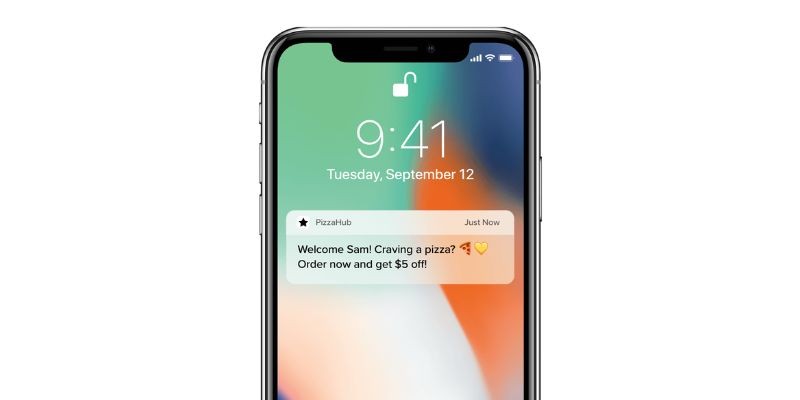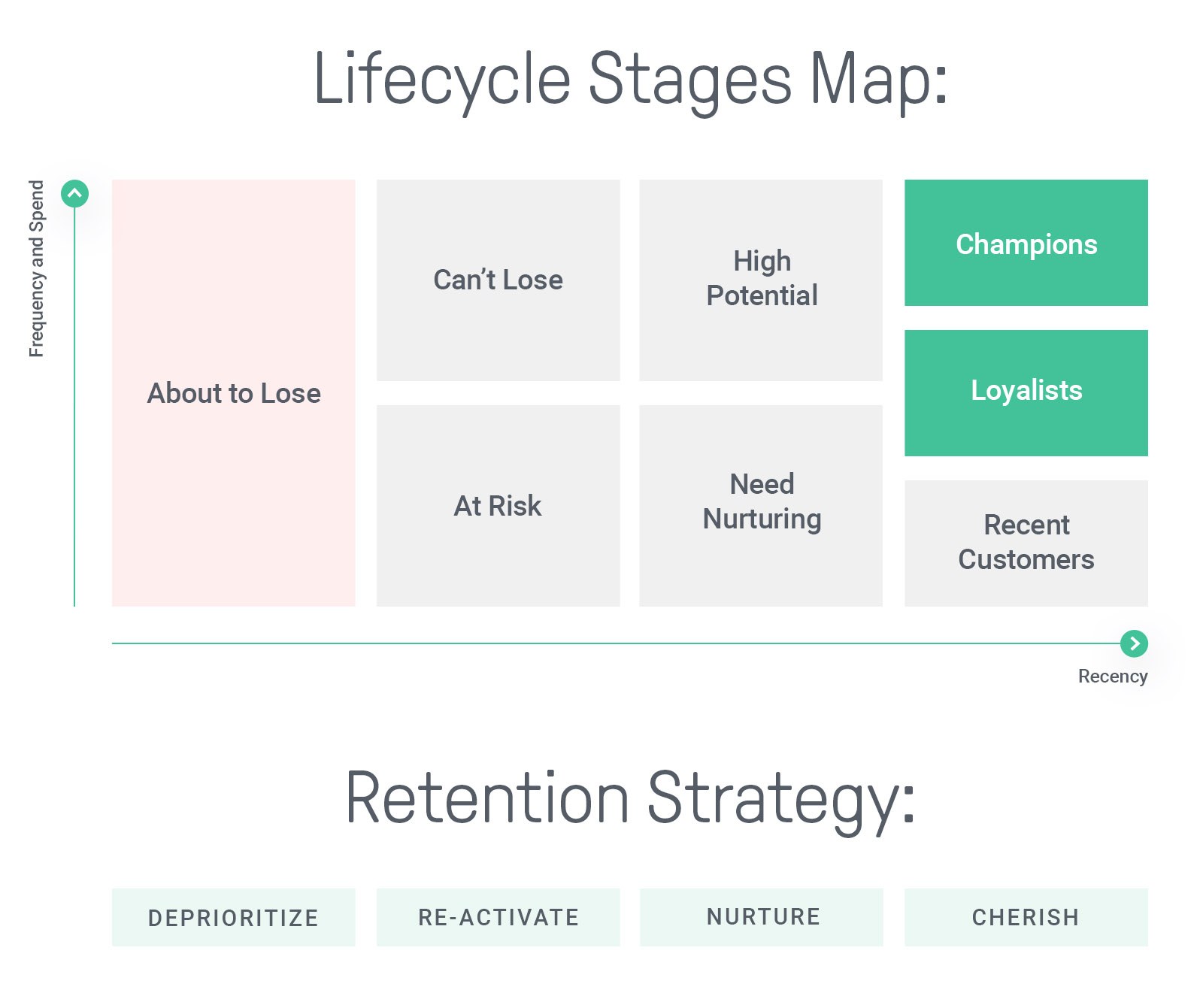2
min to read
Mar 4, 2024
In today's digital age, businesses are constantly seeking innovative ways to engage with their customers and drive conversions. One powerful tool that has emerged as a game-changer in the realm of marketing automation is push notifications. When integrated strategically into a comprehensive lifecycle marketing strategy, push notifications can significantly boost conversions and enhance customer engagement. This article will delve into the intricacies of lifecycle marketing automation with push notifications, exploring how businesses can leverage this technology to maximize conversions effectively.
Understanding Lifecycle Marketing Automation
Lifecycle marketing automation is a strategic approach that involves engaging customers at different stages of their journey with personalized and targeted messaging. By mapping out the customer lifecycle - from awareness and acquisition to retention and advocacy - businesses can tailor their marketing efforts to meet the specific needs and preferences of their audience.
The Power of Push Notifications in Lifecycle Marketing
Push notifications are short, attention-grabbing messages that are sent directly to a user's device. They offer a real-time and personalized way to communicate with customers, making them an invaluable tool for engaging users throughout their lifecycle. When used strategically, push notifications can drive user engagement, increase retention, and ultimately boost conversions.

Key Strategies for Maximizing Conversions with Push Notifications
1. Personalization is Key
Personalized push notifications have been shown to have a significantly higher engagement rate than generic messages. By leveraging user data and behavior insights, businesses can create hyper-targeted push notifications that resonate with individual users, driving higher conversion rates.
2. Timing is Everything
Timing plays a crucial role in the effectiveness of push notifications. By sending messages at the right moment - such as when a user is most likely to be active or when they have abandoned their cart - businesses can increase the chances of conversions. Utilizing automation tools to schedule push notifications based on user behavior can help optimize timing for maximum impact.
3. A/B Testing for Optimization
A/B testing is a powerful technique for optimizing push notification campaigns. By testing different variations of messages, visuals, and calls-to-action, businesses can identify what resonates best with their audience and refine their approach to maximize conversions.
4. Segmentation and Targeting
Segmenting users based on their behavior, preferences, and lifecycle stage allows businesses to deliver highly relevant and targeted push notifications. By tailoring messages to specific segments, businesses can increase engagement and drive conversions effectively.
5. Leveraging Automation for Scalability
Automation tools can streamline the process of sending push notifications, allowing businesses to reach a large audience with personalized messages at scale. By setting up automated triggers based on user actions, businesses can ensure timely and relevant communication throughout the customer lifecycle.

Conclusion
In conclusion, lifecycle marketing automation with push notifications offers businesses a powerful way to maximize conversions and enhance customer engagement. By adopting a strategic approach that focuses on personalization, timing, testing, segmentation, and automation, businesses can create impactful push notification campaigns that drive results. By leveraging the full potential of push notifications within a comprehensive lifecycle marketing strategy, businesses can build stronger relationships with their customers, increase retention, and ultimately drive conversions effectively.




